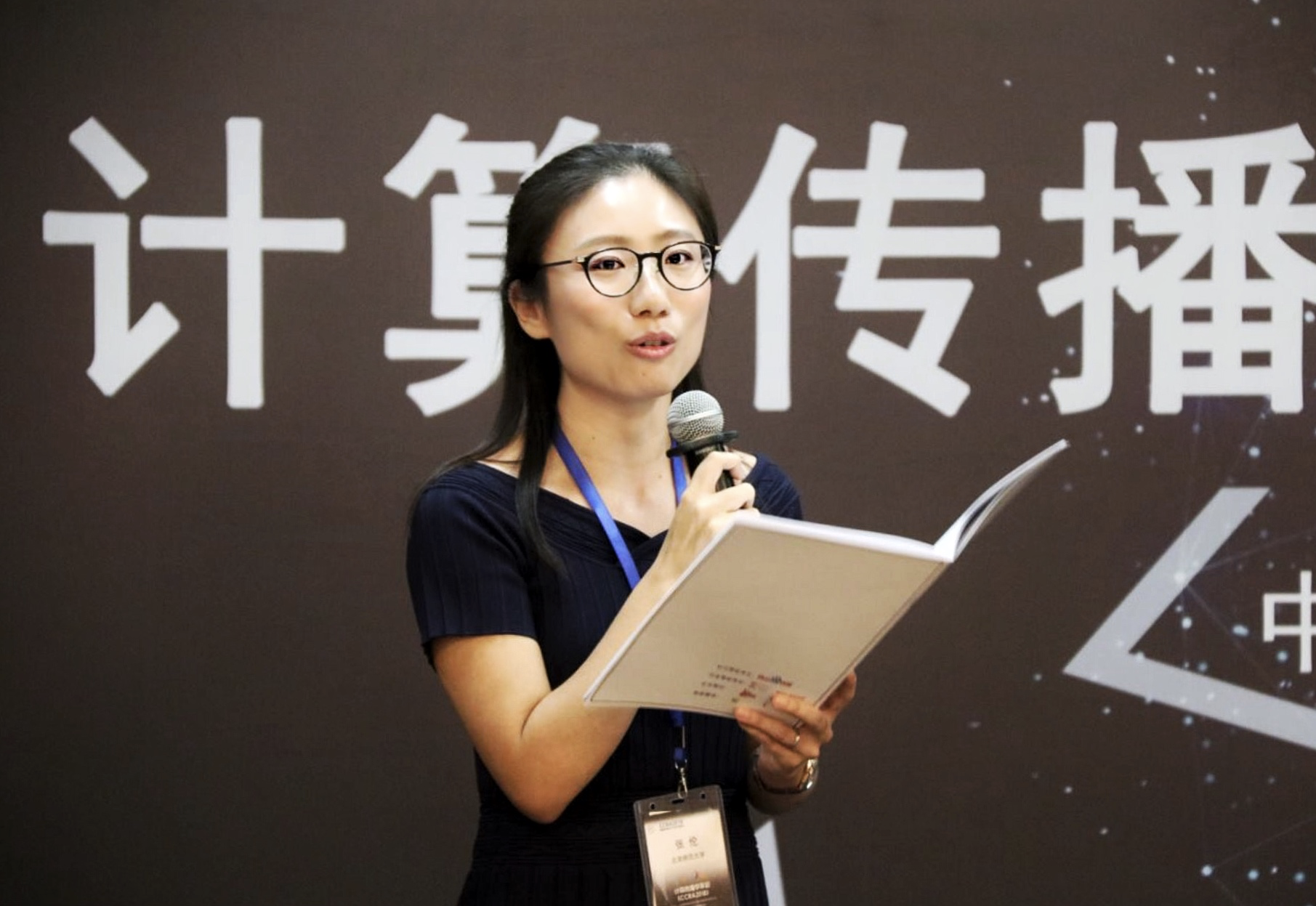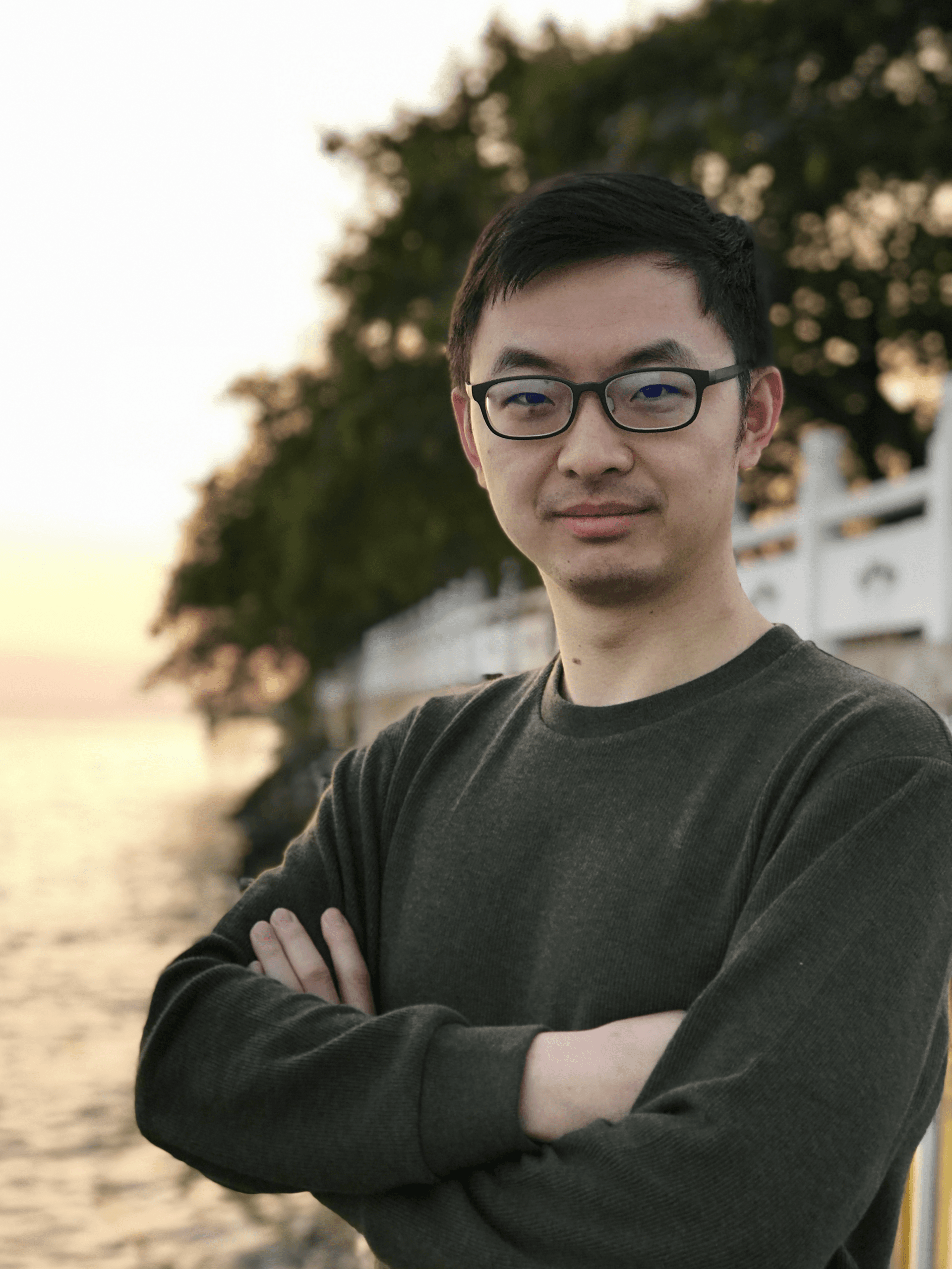SMP 2019 计算传播学论坛
论坛概况
论坛时间:2019年8月18日 14:00-15:30
论坛形式:专家报告
论坛简介:计算传播学致力于寻找传播学可计算化的基因,以传播网络分析、传播文本挖掘、数据科学等为主要分析工具,大规模地收集并分析人类传播行为数据,挖掘人类传播行为背后的模式和法则,分析模式背后的生成机制与基本原理。最近几年,计算传播学正在成为计算社会科学中重要的研究领域。本次论坛邀请了香港城市大学媒体与传播系助理教授刘肖凡博士、香港中文大学新闻与传播学院助理教授梁海博士以及中国人民大学新闻学院讲师塔娜博士就多元研究方法在传播学研究中的应用、社交媒体信息扩散以及社交网络社群的公共焦虑等多个角度对计算传播学进行多面向探讨。
论坛主席:张伦(北京师范大学艺术与传媒学院数字媒体系副教授)

主席简介:张伦,北京师范大学艺术与传媒学院数字媒体系副教授。主要研究方向为基于数据挖掘方法的新媒体信息传播。于SSCI、SCI以及CSSCI索引期刊发表论文20余篇;合著出版《社交网络上的计算传播学》(高等教育出版社, 2015年)、《计算传播学导论》(北京师范大学出版社,2019年)等著作。承担了国家社科基金青年项目、教育部人文社会科学青年项目等多项科研项目。
论坛嘉宾
刘肖凡 香港城市大学媒体与传播系 助理教授

报告主题:传播学研究的破碎与统一
报告摘要:这次报告用自然语言处理和网络分析等多重方法全方位检视传播学最近20年的发展历程,寄希望于回答传播学理论是否正在碎片化这一困扰传播学者的问题。同时,我们(重新)提出传播学应有的理论框架,以期提供一种通用的思维逻辑,帮助计算机学者(发明工具的人)和传播学者(解决问题的人)之间的长期对话交流。
嘉宾简介:刘肖凡2008年及2012年在香港理工大学分别获得学士和博士学位。2012至2018年任东南大学计算机学院副教授、博导、计算机工程系主任。2019年加入香港城市大学。
梁海 香港中文大学新闻与传播学院 助理教授

报告主题:信息扩散中的社会传染:社交媒体信息扩散的一个整合模型
报告摘要:社会传染(social contagion)是信息扩散的一个重要机制。以往的经验研究大多基于选择模型或者级联(diffusion cascades)模型,但很少将其二者结合。本研究采用一种Matching-on-Follower的方法,将两种模型整合起来检验传播结构如何影响社会传染。基于一组随机tweets的数据,本研究发现传播结构可以影响社会传染在信息扩散中的作用。当传播越深是(cascade depth),社会传染的作用将减小,而同嗜性(homophily)的作用会增大。
嘉宾简介:梁海博士现为香港中文大学新闻传播学院助理教授。其研究兴趣包括计算社会科学,政治传播和公共卫生等。目前,他致力于计算社会科学和社交媒体的跨学科研究。梁海博士已发表20余篇英文论文,包括顶级传播学期刊,如Journal of Communication, Communication Research, Human Communication Research, Journal of Computer-Mediated Communication, and New Media & Society等。
塔娜 中国人民大学新闻学院 讲师

报告主题:社交网络上议题社群的公共焦虑研究
报告摘要:Although a number of researches on individual level anxiety evalua- tion have been proposed, there are few researches on evaluating the public anxiety of a social network community, which can benefit various social network analysis tasks. However, we can not simply average anxiety scales of all individuals to calculate the public anxiety score of a community, because: (1) individuals are influenced by their connections in a community, so impacts from interpersonal relations on individuals’ anxiety scales should be considered, i.e., the Structural factor; (2) public anxiety always relates to certain topics, topical discussions also reflect a community’s anxiety level, which should also be considered, i.e., the Topical factor. In this paper we initiate the study of evaluating the public anxiety of topic-based social network communities (TSNC). We propose an evaluation framework to project a TSNC’s anxiety level into a score in the [0, 1] range, using both Structural and Topical factors. We devise a cascading model to dynamically compute the anxiety score using the Structural influence. We propose a stochastic model to measure anxiety score of social network messages using a generalized user, and design a tree structure (MC-Tree) to organize messages of a TSNC to effectively compute anxiety score from the Topical factor. For large communities, computing public anxiety in real-time can be expensive, we show how to use a small sample of the community to compute the public anxiety within given confidence interval. Our model exhibits more than 80% precision and 90% recall in an empirical study on real-world data sets from Weibo.
嘉宾简介:塔娜,中国人民大学新闻学院讲师,中国人民大学新闻与社会发展研究中心研究员。2017年毕业于清华大学计算机系,获计算机科学与技术专业博士学位。研究方向为计算传播学。近年来以第一作者或通讯作者身份发表多篇CCF(中国计算机学会)A类及SCI索引论文。目前主持一项国家自然科学基金项目青年项目,及一项北京市社会科学基金项目青年项目。